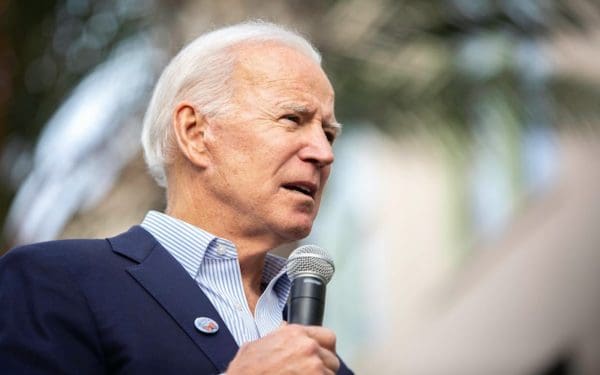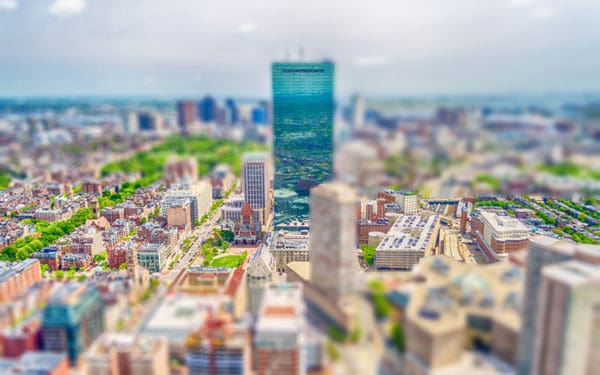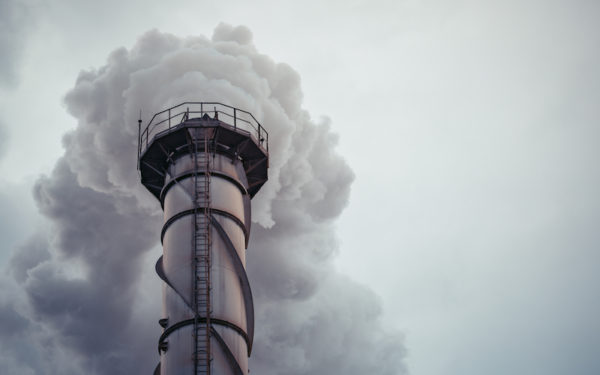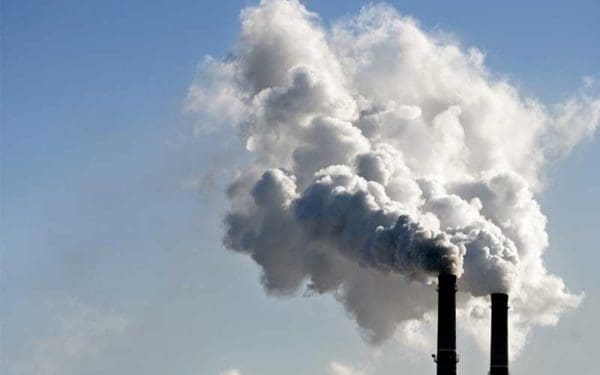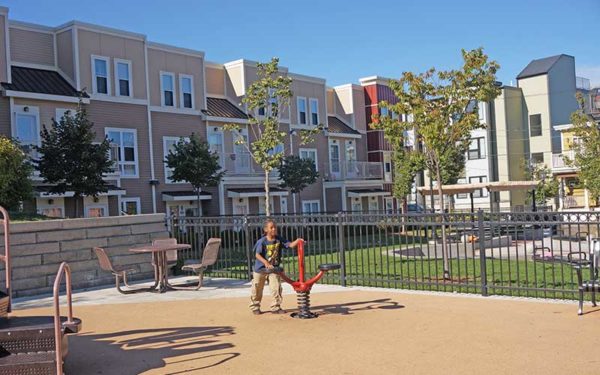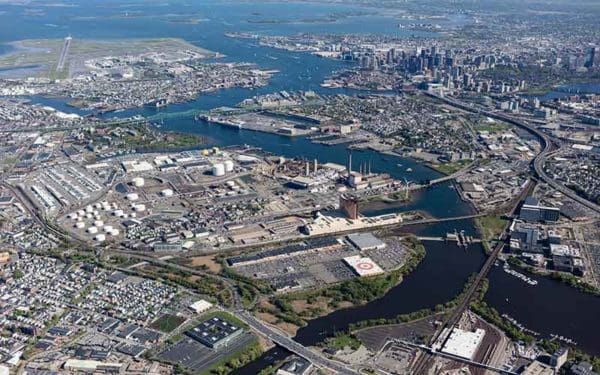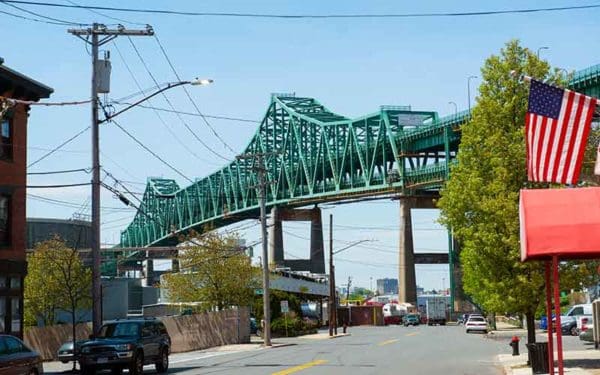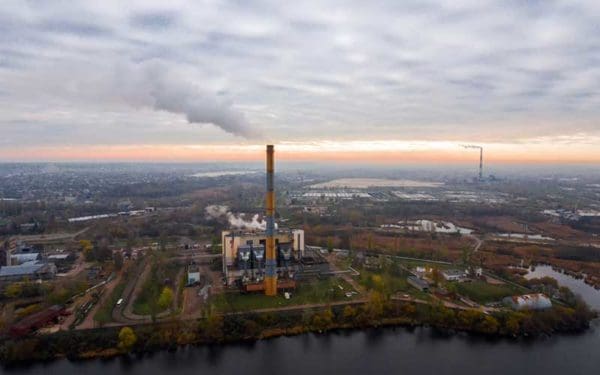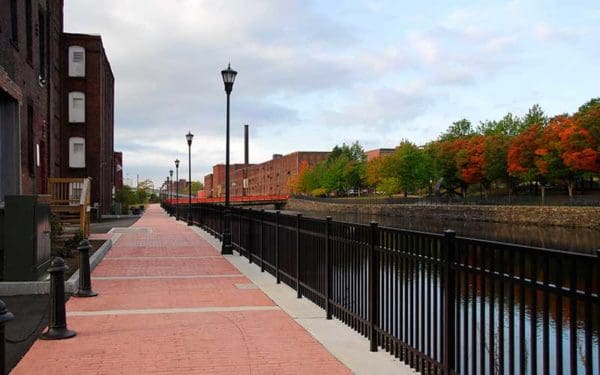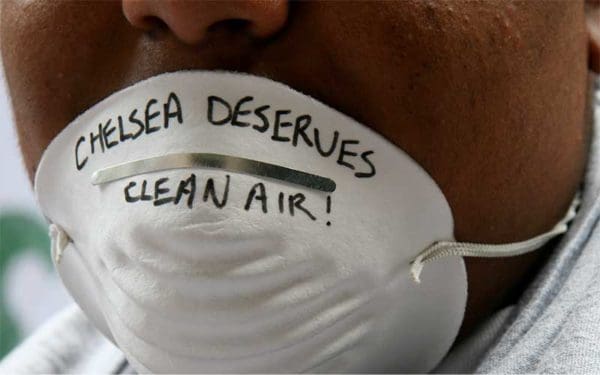May 20, 2022
New federal and state laws and policies require government agencies to invest in environmental justice populations. The details behind these requirements must recognize the primary predictor to experience environmental burdens: race. CLF is working to ensure that government investments reach the populations who have endured the brunt of pollution and other consequences of climate change.
Nov 04, 2021
“Boston has the opportunity to be a national leader in tackling these overlapping crises head-on,” said Caitlin Peale Sloan, Vice President of CLF Massachusetts. “Climate, justice, and transportation issues affect everyone in Boston, and we’ve historically seen little progress on these issues. It’s time for Mayor-Elect Wu to make these issues a priority and commit to real progress that will positively impact the entire city.”
Oct 29, 2021
“Wood-burning power plants spew harmful emissions that poison the air in surrounding communities,” said Staci Rubin, Vice President of Environmental Justice at CLF. “They worsen asthma and other respiratory conditions and set us back in reaching our mandatory climate goals. Industrial biomass plants don’t belong in any community, and it’s time for the Commonwealth to stop providing subsidies for toxic power that is hardly renewable.”
Dec 17, 2020
Hartford’s incinerator has been poisoning nearby communities for far too long. It’s time for the city to shut down this toxic facility and move towards innovative zero-waste solutions that aim to protect public health.
Oct 15, 2020
Low-income, immigrant, and communities of color experience more environmental burdens than whiter, wealthier neighborhoods. Having strong environmental justice legislation would make a significant difference in these neighborhoods, in part by simply ensuring residents have a voice in what happens in their own communities.
Oct 14, 2020
Environmental justice requires reversing and repairing the impacts of decades of environmental racism. Residents of environmental justice communities are the most likely to bear the burdens polluting industries and infrastructure, while having to fight for their share of resources we all need — healthy homes, schools, transit, food, and open space.
Oct 13, 2020
For decades, low income, immigrant, and communities of color across the Commonwealth have disproportionately born the burdens of air pollution from power plants, congested freeways, and industrial activity. After generations of disenfranchisement, what would having strong environmental justice protections mean for these communities?
Aug 20, 2020
Communities across New England deal with the crude repercussions of local incinerators every day. As long we allow these facilities to operate, they will continue to poison our planet and our people.
Jul 02, 2020
Decades of environmental injustices won’t be addressed without strong legislation to drive change. Local organizations are working to reduce burdens on environmental justice communities, but it’s up to the Massachusetts legislature to redress decades of wrongs and put our state on a path to a more equitable future.
May 05, 2020
In anticipation of World Asthma Day, I connected with María Belén Power from GreenRoots, Andrea Nyamekye of Neighbor to Neighbor, and my CLF colleague Staci Rubin. The four of us spoke about air quality, public health, and what it means to live in an environmental justice community during a pandemic.
